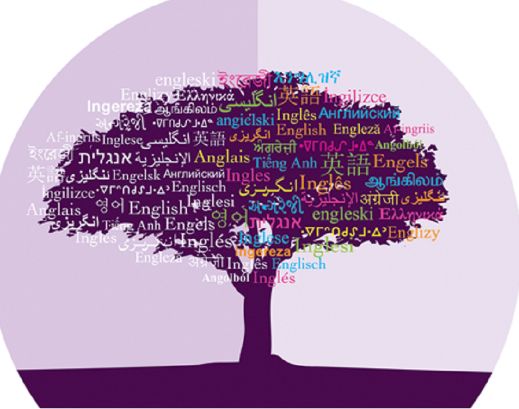― Jonathan Kozol
Standardized testing, it tells us whether the students are understanding material and if we taught it to them correctly. Teachers hate it because it is used to evaluate a teacher to tell them if they're a good/bad teacher and because we all know that some students just don't do well on standardized tests! Not to mention, that students don't always demonstrate knowledge through a test! So, we established that standardized tests are not always indicative of knowledge, but currently there's no changes in place to show mastery of content besides the dreaded standardized test. The chapter I read this week provides some awesome techniques on how to help students through the standardized test. Now I know what you're thinking.....
But, I'm not a reading teacher!!!
It's alright, neither am I! But, that doesn't mean we can't use certain techniques in our classes to help the reading teachers along and most importantly, our students!
The text determines that there are 6 categories of reading comprehension test questions.
1. Main Idea Questions - these questions want students to identify the main idea in the text. Usually they ask questions such as "Which of the following would be the best title for the passage" or " The author's most important point in the passage is..."
2. The vocabulary in context questions - these questions take a vocabulary word that students may be very familiar with but uses it in a different context that students have to derive. For example, pay attention to sighing in this sentence. "You can hear the wind, in the sighing pines, the whistling skitter of the crisp leaves, the swirling leaves in the gust, still restless, not yet settled into their winter bed". Now, we know that pines don't actually sigh, but we can deduce that it's a whoosh of wind sound.
3. The author's intent question - these questions ask whether students can understand the purpose through word choices. For example, "Highways are blocked, power lines crippled, communities isolated. We live beleaguered under the threat of winter's wind."
4. The internal organization question - these questions want to know if the student can understand the road signs of a narrative, description, classification, cause and effect, and etc sequences.
5. The drawing conclusions question - these questions expect students to be able to combine the main idea of the text and the intent question. Can students carry on the writer's thoughts?
6. The part-to-whole question - these questions how well the student can analyze the text. So how is the detail related to the main idea?
Okay, so I know what kinds of questions there are, now what do I do in my class? I don't want to teach to the test because that doesn't help students learn the material. I certainly don't want to be that boring teacher that only teaches to the test! Outlined below are some points the text gives for us to help with those issues as well!
1. Give students plenty of test samples so they create an inventory of high frequency phrases found in tests.
2. Make it a habit to use the kind of language that the test uses in your explanations and directions.
3. Encourage students to write their own test items, using the six categories of test questions. This is helpful when they've seen many test samples.
4. Give special attention to complex sentence styles.
5. Give students the first few words of a question and have them predict how that question is going to develop.
I like a lot of these techniques mentioned. I realize that a lot of them are going to be difficult to start putting into play in class, but with practice comes mastery. Stay tuned for next week's blog!








